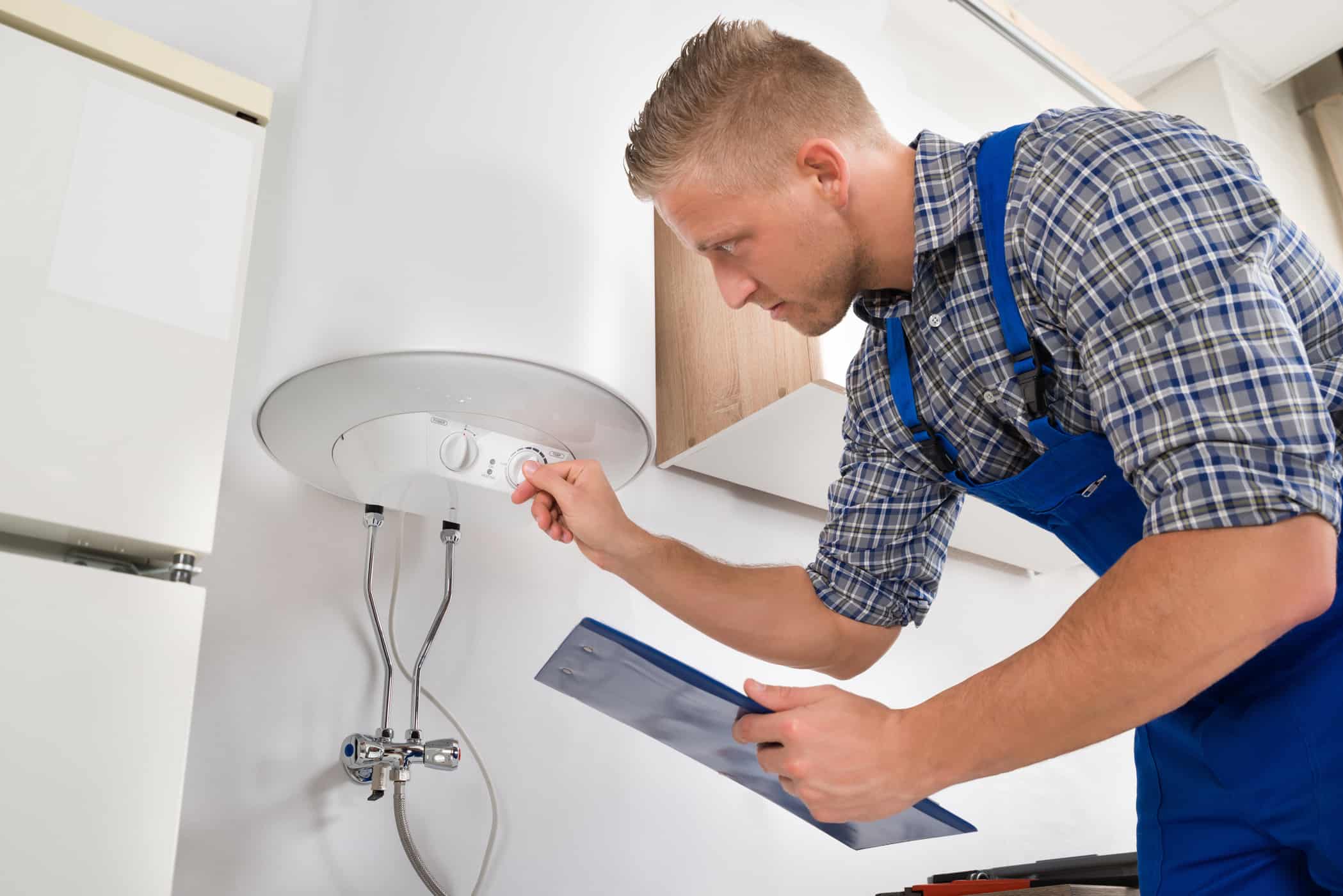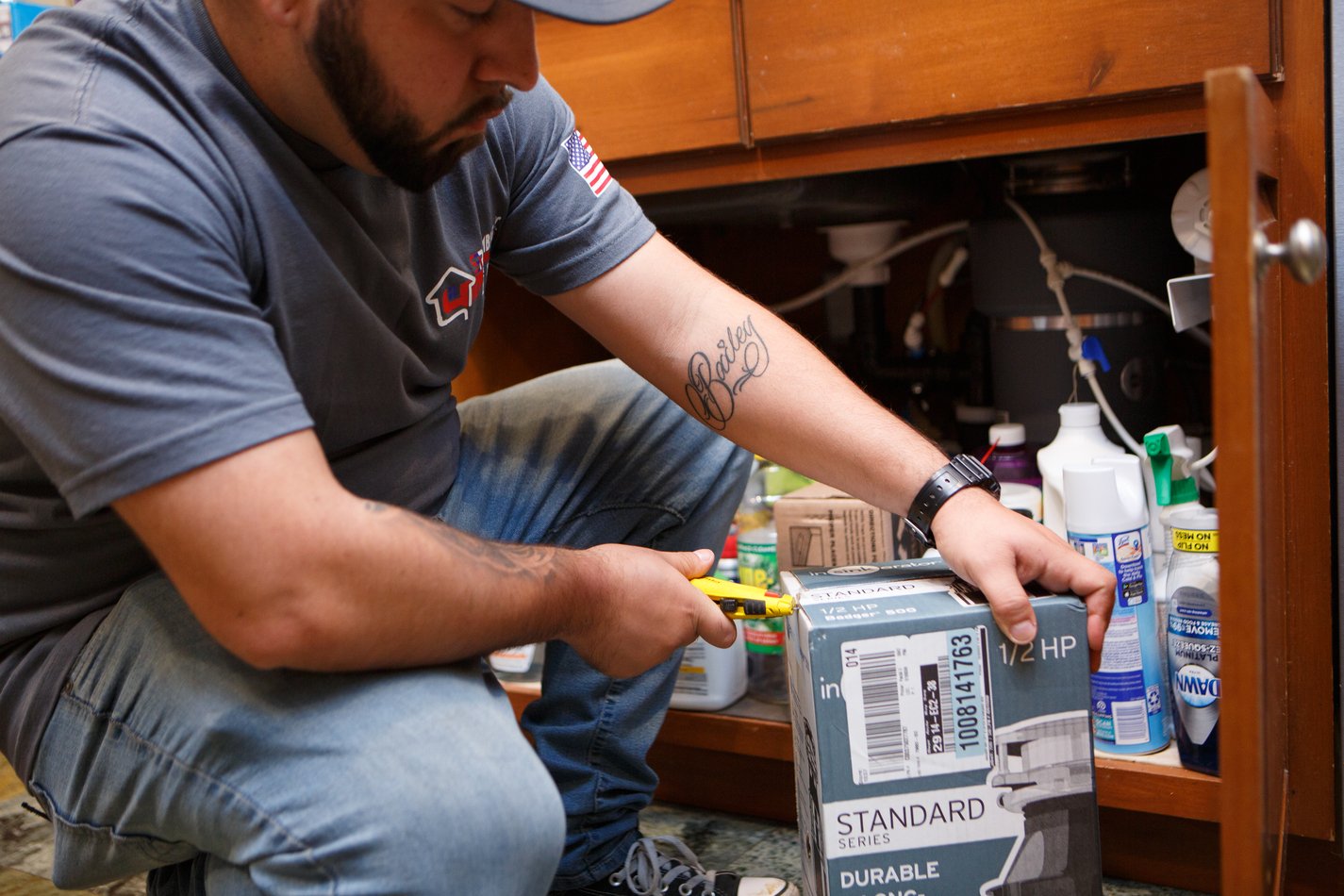Knowing When to Attempt Piping Fixes On Your Own versus Hiring a Professional Plumber
Knowing When to Attempt Piping Fixes On Your Own versus Hiring a Professional Plumber
Blog Article
What're your opinions about When to Call a Plumber? DIY or Professional Help?

Intro
Pipes concerns can vary from small hassles to major migraines, frequently motivating homeowners to choose between tackling the trouble themselves or calling a professional plumbing professional. Recognizing when to do it yourself and when to seek professional aid can conserve time, cash, and prevent possible calamities. This article discovers the elements to take into consideration when making this vital decision.
Advantages of Do It Yourself Plumbing
Tackling plumbing jobs yourself can be satisfying in several methods, specifically for simpler jobs.
Price Financial savings
Do it yourself plumbing projects commonly conserve cash by avoiding expert service fees. Tasks like taking care of small leakages, replacing faucets, or installing new showerheads are examples where home owners can take care of fixings without working with a plumbing.
Skill Enhancement
Engaging in do it yourself pipes provides an opportunity to discover and boost sensible abilities. Basic jobs equip house owners to understand their pipes systems much better and acquire self-confidence in handling small fixings separately.
Threats of DIY Plumbing
While do it yourself jobs offer advantages, certain risks need to be carefully considered before attempting repair services.
Complexity of Jobs
Some pipes concerns need specific expertise and tools beyond regular house owner abilities. Messing up complex problems can cause additional damages and pricey repairs.
Security Issues
Working with plumbing systems involves risks such as exposure to water damages, possibility for electric threats, and taking care of tools inaccurately. Safety and security preventative measures need to be observed to avoid accidents and ensure reliable repairs.
Indicators to Call a Professional Plumbing Professional
Acknowledging when a pipes concern exceeds DIY capabilities is essential to preventing getting worse problems.
Indications of Complex Issues
Examples consist of:
Prompt specialist treatment is necessary to attend to these concerns effectively and lessen damage.
Do It Yourself Plumbing Tips
For successful do it yourself plumbing, it's essential to be prepared with the right tools and adhere to appropriate treatments.
Standard Tools and Materials
Trick tools for DIY plumbing:
Step-by-Step Guides
Clear guidelines make certain risk-free and reliable DIY repair work:
Choosing the Correct Time to Do It Yourself
Determining when to deal with pipes tasks on your own requires analyzing both the intricacy of the issue and individual convenience levels.
Assessment List
Consider:
When to Certainly Call a Professional
Specific circumstances demand instant skilled focus to stop considerable damages or safety and security risks.
Examples include:
Finding and Hiring a Specialist Plumbing Professional
Choosing a certified plumbing ensures reliable solution and assurance in settling plumbing issues.
Standards for Choice
Factors to think about:
Cost Evaluation: do it yourself vs. Specialist Services
Comparing the monetary implications of DIY efforts versus expert plumbing services helps in making informed decisions.
Financial Considerations
Assess:
Conclusion
Choosing whether to DIY or call an expert plumbing technician rests on understanding the intricacy of plumbing problems and personal capacities. By considering the advantages and risks, home owners can make enlightened options that advertise effective upkeep and protect their homes from pipes catastrophes.
DIY Plumbing Projects: What Homeowners Can Do and When to Call a Professional
Welcome to our comprehensive guide on DIY plumbing projects. In this blog post, we aim to empower homeowners with the knowledge and skills to tackle basic plumbing tasks around the house. From unclogging drains to fixing a leaky faucet, we’ll walk you through step-by-step instructions on how to handle these common issues.
However, not all plumbing problems can or should be solved with a DIY approach. Recognizing when a problem is beyond your skill level and requires professional intervention is just as important as knowing how to perform basic tasks. We’ll also discuss the signs that indicate it’s time to put down your tools and pick up the phone to call a professional plumber. By understanding when to DIY and when to call a professional, you can save time, avoid potential disasters, and ensure your home’s plumbing system remains in top shape.
Understanding Plumbing Basics
Before we dive into the DIY projects, let’s take a moment to understand the basics of your home’s plumbing system. A typical residential plumbing system consists of two major components: the water supply system, which brings fresh water into your home, and the drainage system, which removes waste water. These systems are made up of a network of pipes, valves, and fixtures that work together to deliver clean water and dispose of waste efficiently.
Regular maintenance of your plumbing system is crucial to prevent minor issues from escalating into major problems. This includes tasks like checking for leaks, removing minor clogs, and ensuring your pipes are insulated for winter. By performing these tasks regularly, you can extend the lifespan of your plumbing system, save money on water bills, and maintain the comfort and hygiene of your home.
In the following sections, we’ll explore some common DIY plumbing projects that homeowners can handle, as well as situations that require the expertise of a professional plumber. Whether you’re a seasoned DIY enthusiast or a beginner, this guide will provide you with valuable insights into the world of home plumbing.
DIY Plumbing Projects Homeowners Can Handle
Plumbing may seem intimidating, but there are several tasks that homeowners can confidently tackle with a little guidance and the right tools. Here are a few common issues you might encounter and how to address them.
Unclogging Drains
Use a Plunger: This is your first line of defense. A good old-fashioned plunger can dislodge the obstruction and clear the drain in many cases. Try a Plumber’s Snake or Hand Auger: If the plunger doesn’t work, a plumber’s snake or hand auger can reach deeper into the pipe to break up the clog. Use a Drain Cleaner: If physical methods fail, a chemical drain cleaner can dissolve the clog. However, use these products sparingly as they can damage your pipes if overused.

I recently found that blog post about When to DIY and When to Call a Professional Plumber while exploring the search engines. Are you aware of someone else who is excited about the niche? Do not hesitate to promote it. I praise you for your time. Please come visit our website back soon.
Schedule Now! Report this page